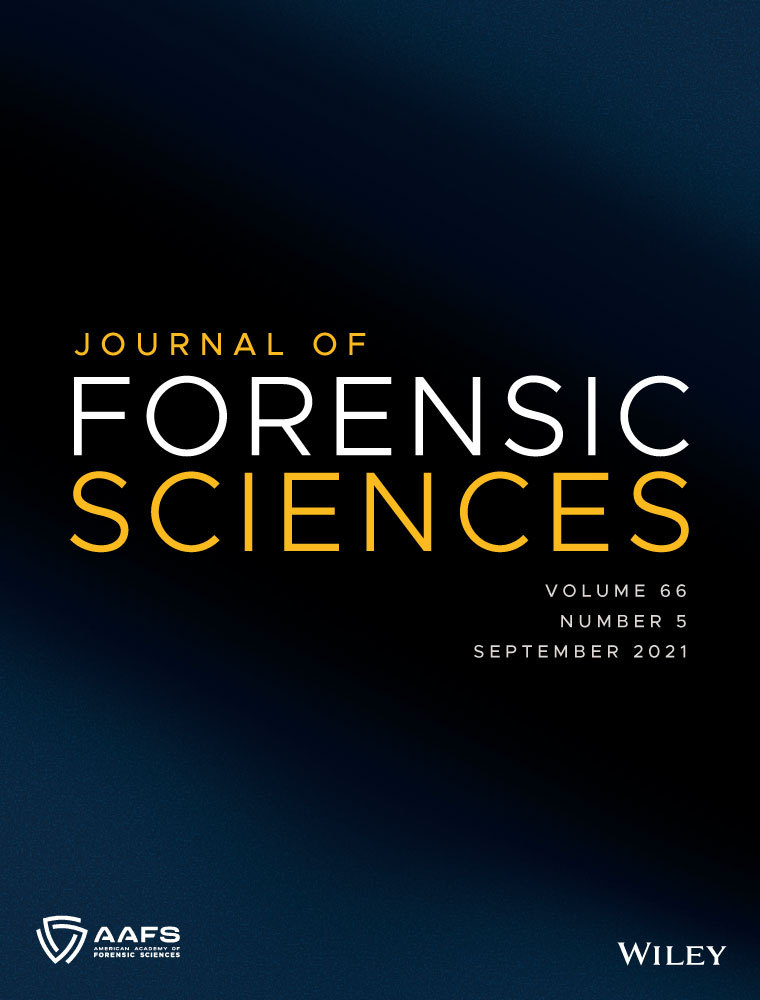Back to Amido Black: Uncovering touch DNA in blood-contaminated fingermarks
Authors Yael Levy-Herman MSc and Ravell Bengiat PhD contributed equally.
Abstract
Blood-contaminated fingermarks (FMs) found in violent crime scenes may directly connect the suspect to the crime by linking the FM to the suspect and the DNA from the blood to the victim. However, marks that are incomparable are considered “dead-evidence” as the link to the suspect is lost. In this study, a novel approach was attempted to uncover the trace amount of touch DNA of the suspect in such marks. We examined the effect of two enhancement methods, ninhydrin (NIN) and amido black (AB), on DNA recovery from blood-contaminated FMs. A total of 108 fingerprints were deposited in three sets of depleted blood prints, blood-contaminated FMs, and latent FMs. All FMs were developed by either NIN or AB, or left undeveloped as reference followed by the quantification of the total DNA amount. This work shows that while AB had a detrimental effect on the quantity of blood-derived DNA specifically, reducing it by half, no similar effect was observed for touch DNA in latent FMs. This reduction led to the alteration of the major-to-minor DNA profile ratio to 70:30, thus enabling to obtain two distinct DNA profiles of the suspect from the touch DNA as well as the victim's profile from the blood. From an operational perspective, the use of AB in crime scenes may have an added value to retrieve the crucial DNA profile of the suspect, thus resurrecting a “dead-evidence.”




